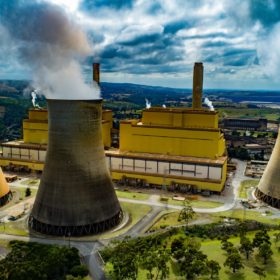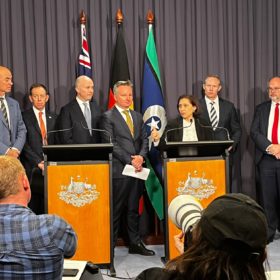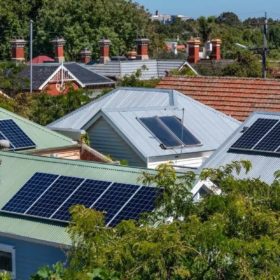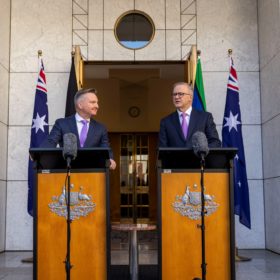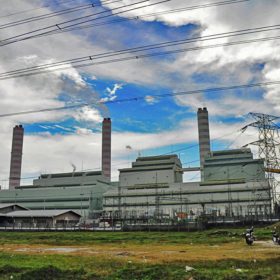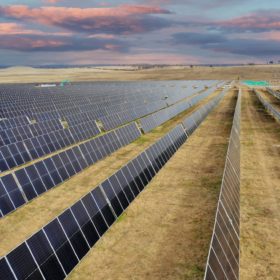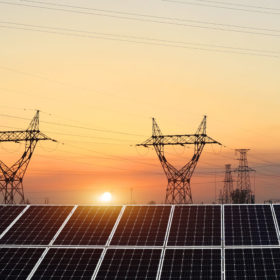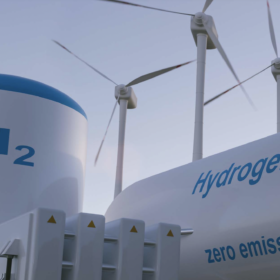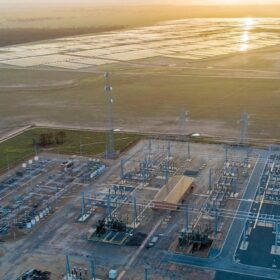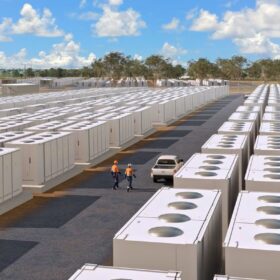Bill backs closure of Victorian coal-fired power plants by 2030
Victoria’s coal-fired power plants would be progressively shut down by the end of the decade under a climate bill to be introduced to state parliament this week.
Energy ministers’ move puts onus on emissions reductions
Energy ministers from around the country have powered up Australia’s shift from coal and gas to a renewables-based grid with a national agreement to enshrine emissions reductions objectives into laws governing the nation’s energy market.
Regulator unveils new online toolkit for energy businesses
The Australian Energy Regulator has launched a “one-stop” online shop which aims to reduce regulatory hurdles and assist energy businesses and start-ups seeking to bring new technology and innovation to the market.
ACT details plan to ditch gas in shift to electric future
The Australian Capital Territory government has unveiled plans to phase out the use of fossil gas by 2045 at the latest and move the market towards a net zero emissions future by “electrifying Canberra with renewable electricity over the next two decades”.
Albanese points to certainty for renewables investors after climate change bill clears first hurdle
New legislation to enshrine Australia’s 2030 and 2050 emissions reduction targets into law has cleared the first hurdle with the Federal Government’s climate change bill passing through the parliament’s lower house.
Malaysia energy major targets early closure of coal plants
Malaysia’s largest electricity provider Tenaga Nasional Berhad has announced plans to fast track the closure of its coal-fired power plants to hasten the transition of its generation fleet from fossil fuels to renewable sources including large-scale solar PV and green hydrogen.
Weekend read: ESG in action
The 2022 pv magazine Roundtables Europe focused on decarbonization throughout the continent. Linking sustainability to financial performance is a big part of this goal, as the second session, “Sustainability in action, raising the corporate bar,” attested to. During the panel discussion, four experts discussed end of life, circularity, material supply, project development, and the social community, as we approach terawatt solar scale.
AEMO report underlines need for ‘urgent’ shift to renewables
The Australian Energy Market Operator has declared skyrocketing power prices and unprecedented market disruptions have confirmed the “urgent” need for the nation to fast-track its transition from a coal-dominated system to renewables, including wind and solar PV backed by batteries and other energy storage technologies.
Industry backs climate bill to accelerate investment in renewables
The introduction of the Federal Government’s climate change bill to parliament has been welcomed with business and industry groups predicting the legislation will unlock hundreds of billions of dollars’ worth of export opportunities and investments in renewable energy, transmission and storage across Australia.
‘Not actually green’: why time matching is key to becoming a hydrogen superpower
Australia is setting out to become a global hydrogen superpower – but the standards we’re applying to classify ‘green’ renewable hydrogen are falling well behind our global peers and the expectations of future customers. The heart of the problem is “we’ve separated the characteristics of energy from the energy itself,” Steve Hoy, founder and CEO of power tracing technology company Enosi, tells pv magazine Australia.
